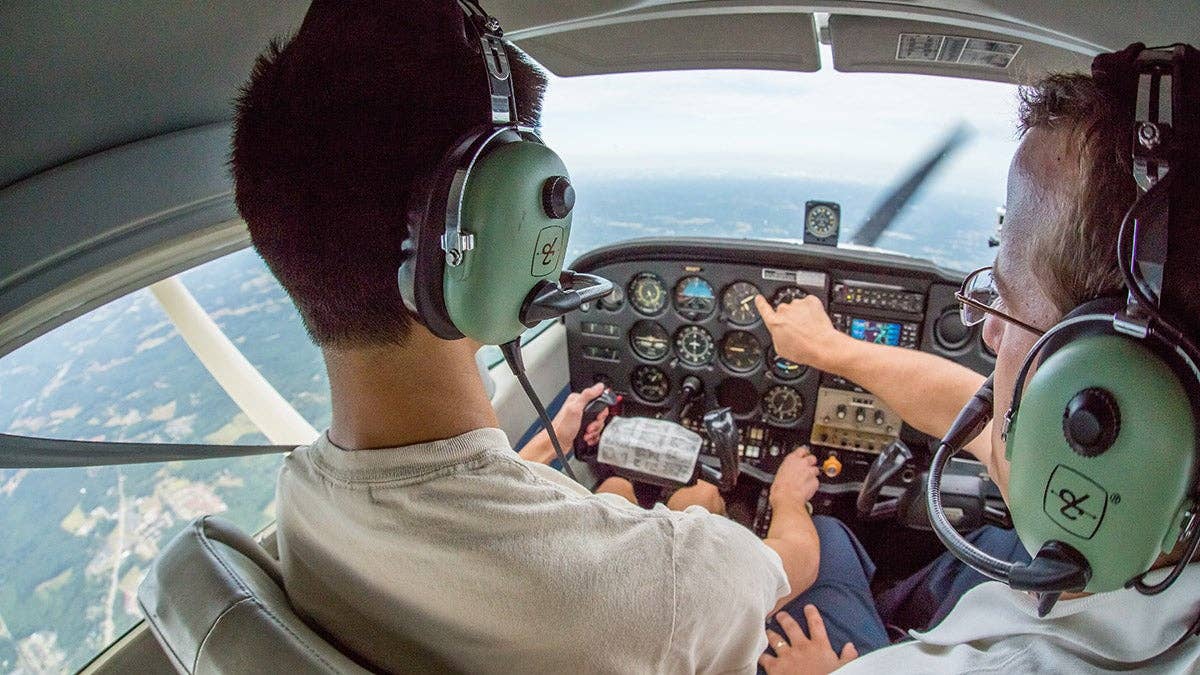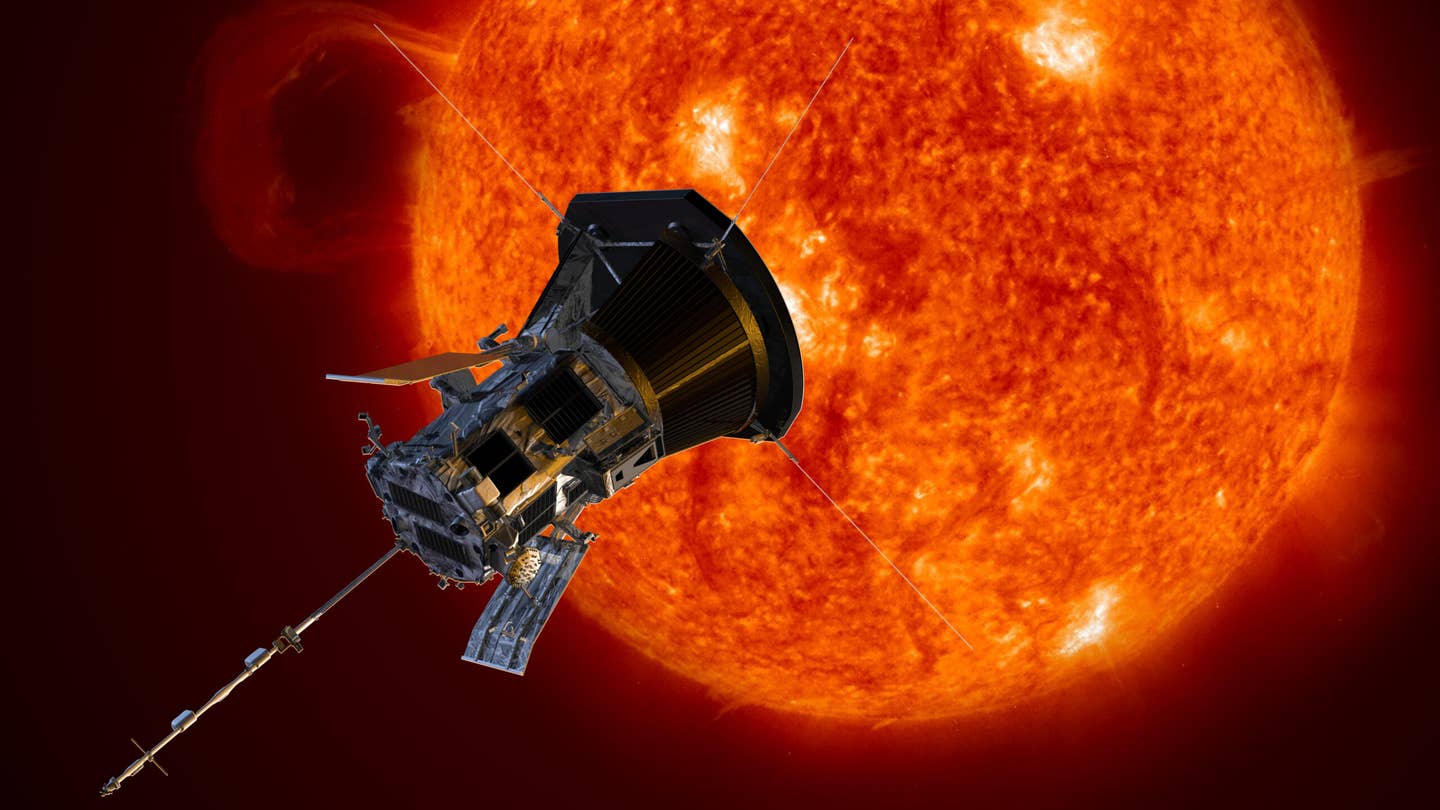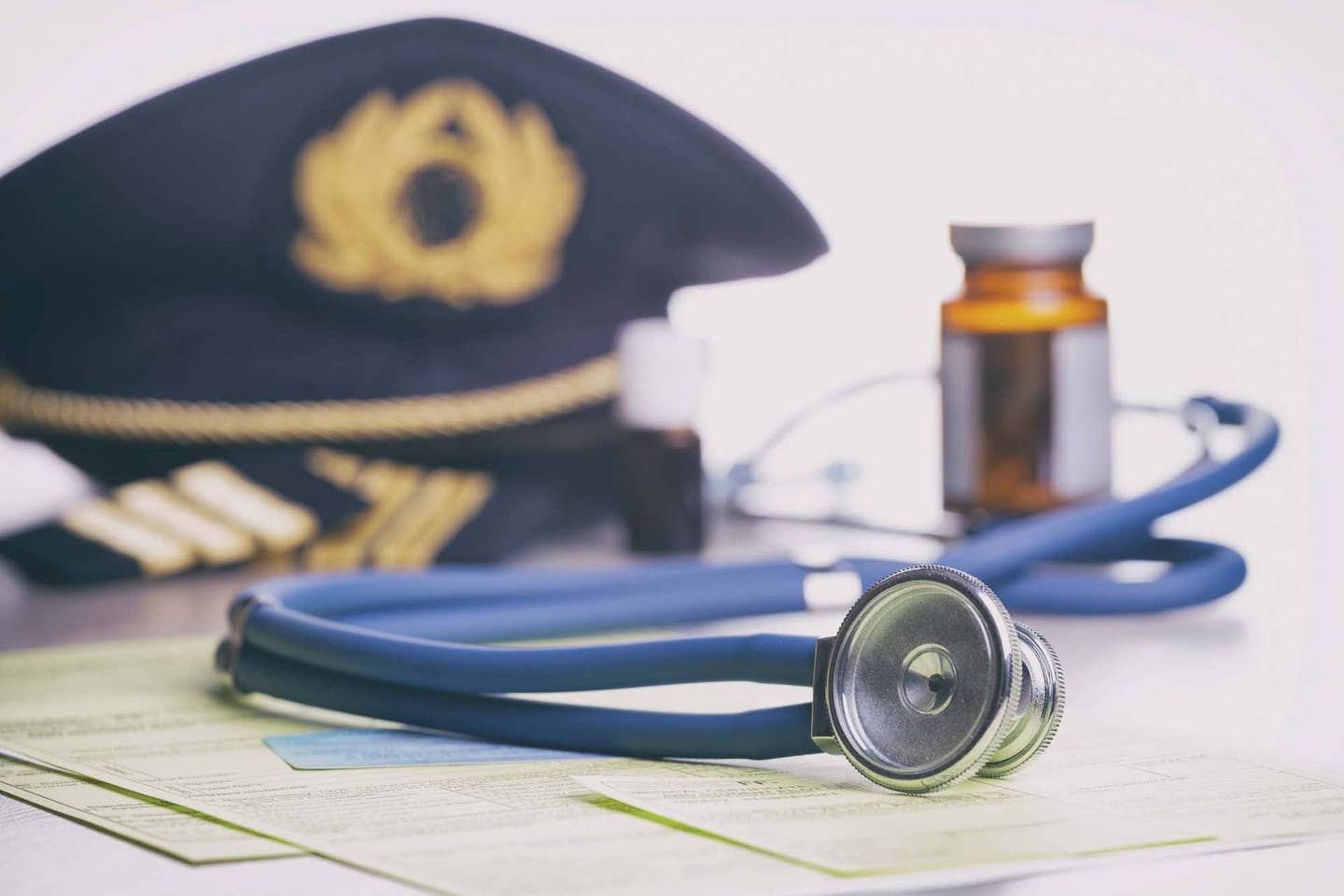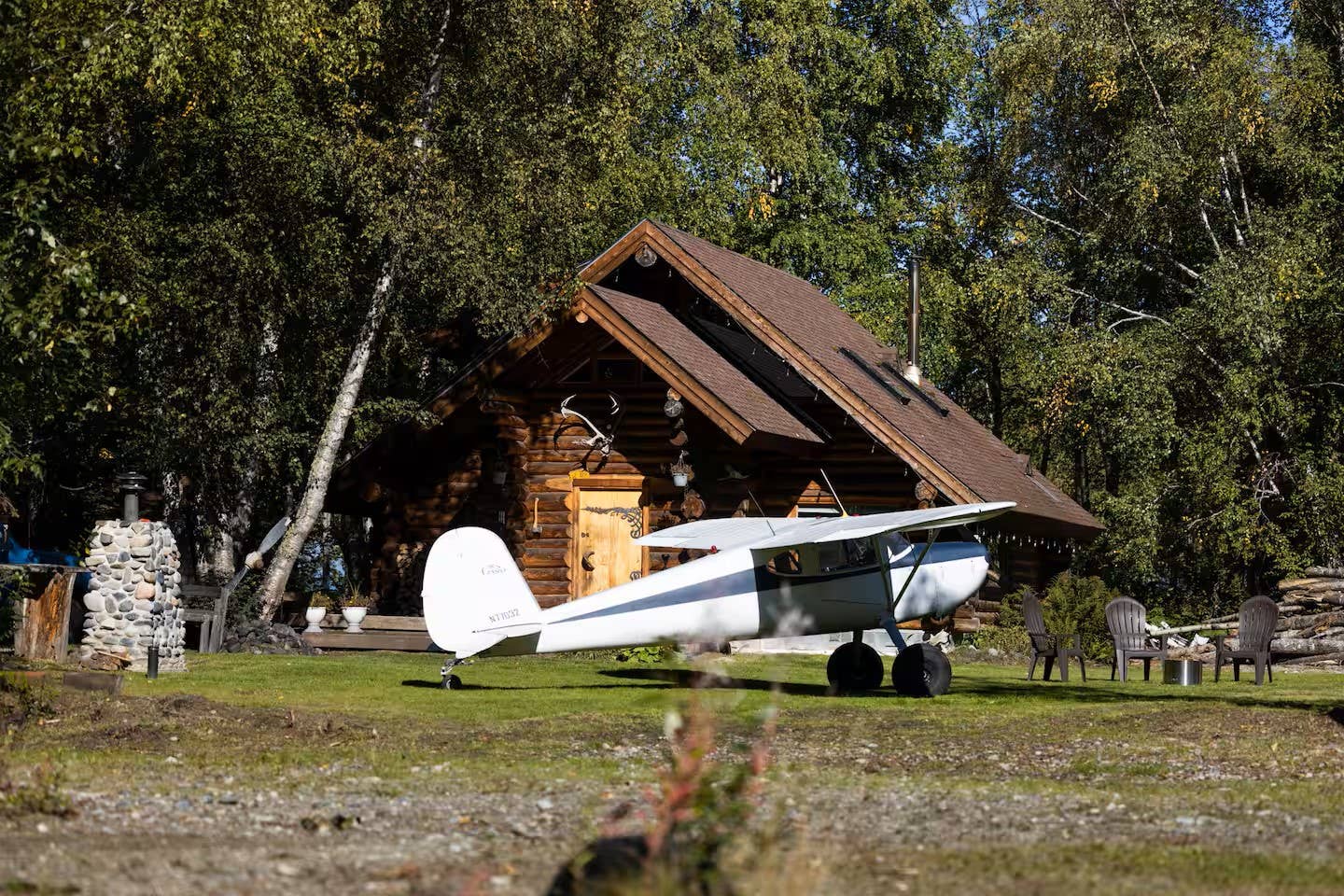Tailwheel Versus Tricycle Gear
Aviation’s version of the Ginger-versus-Mary-Ann debate, pilots have strong opinions about their undercarriage.
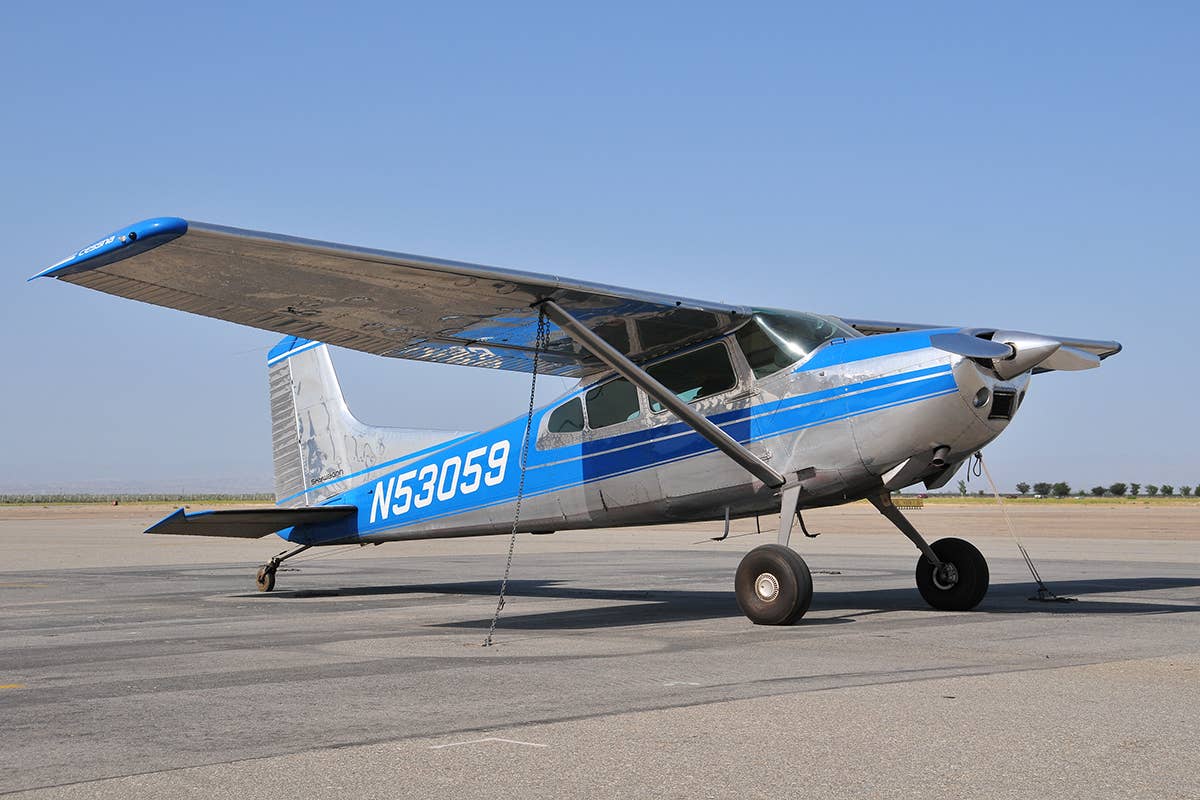
The Cessna 180 Skywagon is no longer produced but still a pilot favorite. [Shutterstock]
Q: I want to become a private pilot and I have heard the best way to do this is to learn in a tailwheel airplane and then transition to tricycle gear—but I have also heard it the other way around: tricycle gear first, then transition to tailwheel. Which is better? Which is easier to fly?
A: Ah, tailwheel (said in a husky tone usually reserved for talking to summer loves from the heady days of youth)! The short answer is, once you get into the air, both types of aircraft fly the same way. It is the takeoffs and landings that are different, because the center of gravity on the airplanes is different.
A tailwheel airplane, by design, requires more rudder skill because there is a lot more airplane behind the CG. This means you need to be ready for the back end of the aircraft to try to swing around to the front during takeoffs and landings. Appropriate rudder control prevents this.
Also, the sight picture from the cockpit is very different from that in a tricycle-gear aircraft.
First Lesson
The first lesson in tailwheel training is learning how to taxi. Because the sight picture is different—you can't really see over the nose—the gentleman who trained me to fly tailwheel described it as "YCSS," which stands for "You Can't See Snot," hence the need to taxi in a serpentine manner, looking sideways out of the cockpit. During the serpentine, you have to be careful not to let the tail move too quickly—in any direction.
My tailwheel CFI told me, "Taxiing a tailwheel airplane is very much like pushing a shopping cart backwards," in that you have to anticipate the need for corrections and use just enough rudder pressure to maintain control.
After my first lesson I understood what he meant—and I submit that it was more like pushing a shopping cart backwards while wearing heels for the first time. (To the guys reading this, think of your daughters, girlfriends, and sisters learning to walk in heels—there is a reason we hold your arm when we go up and down the stairs.)
Before 1965, most all flight training was done in tailwheel-equipped aircraft—mostly Piper and Cessna models. As tricycle-gear aircraft became more popular, tailwheel training became more specialized, and harder to find. It can be a challenge to find a tailwheel-equipped aircraft to rent to build your hours. In addition, some schools have them for dual instruction only because of insurance reasons.
The bonus of tailwheel training is that it improves your rudder skills—and for this reason there are many people who say tailwheel training makes a person a better pilot. You can think of it like knowing how to drive a five-speed manual transmission—it's a great skill to have, and can be an awful lot of fun.
Do you have a question about aviation that’s been bugging you? Ask us anything you’ve ever wanted to know about aviation. Our experts in general aviation, training, aircraft, avionics, and more may attempt to answer your question in a future article.

Sign-up for newsletters & special offers!
Get the latest FLYING stories & special offers delivered directly to your inbox

